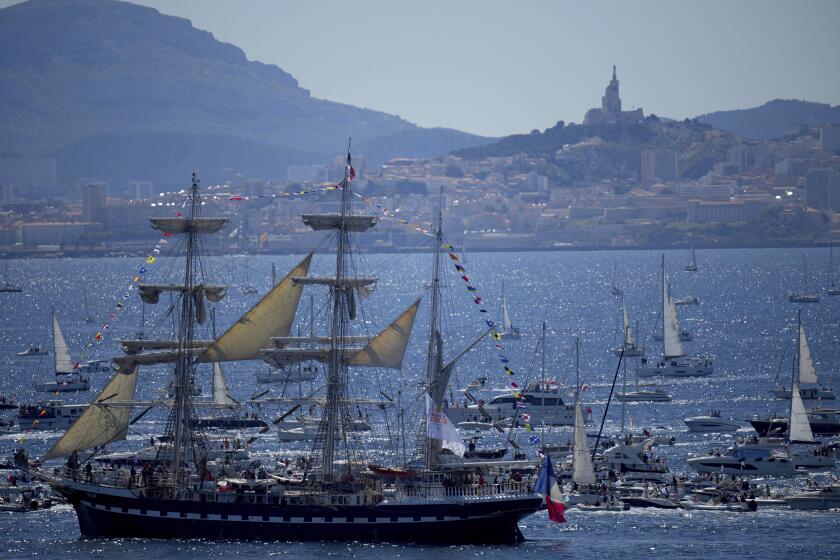Sculptors honor Bolivian colonial-era rebel Tupac Katari
The face of the indigenous leader Tupac Katari, executed at the end of the 18th century by the Spanish colonial rulers of Bolivia, was re-animated Friday in pieces by 20 sculptors in this small town near La Paz where he died.
The artists began work Monday in the main square of Peñas, near Lake Titicaca, with the mission of completing their works by Nov. 14, the 237th anniversary of Katari’s gruesome death.
Bolivia’s deputy minister for Decolonization, Felix Cardenas, told reporters that the government commissioned the 20 artists to evoke “from their perspective” the figure of Katari and the meaning of his rebellion against the Spanish.
Katari led an indigenous uprising against the Spanish crown, recruiting an army of some 40,000 men who besieged La Paz for three months until the rebel commander was betrayed by one of his allies.
Sentenced to death by quartering, Katari had each of his limbs fastened to a horse and was literally torn apart when the horses galloped off in four different directions.
“Tupac Katari did not propose to annihilate the white Europeans, what he proposed was that if they did not want to live like us, it was better for them to leave,” Cardenas said.
“He was a man of a strong character, he had a hard countenance, very strong in the expression of rebellion,” sculptor Flavio Ochoa told EFE.



